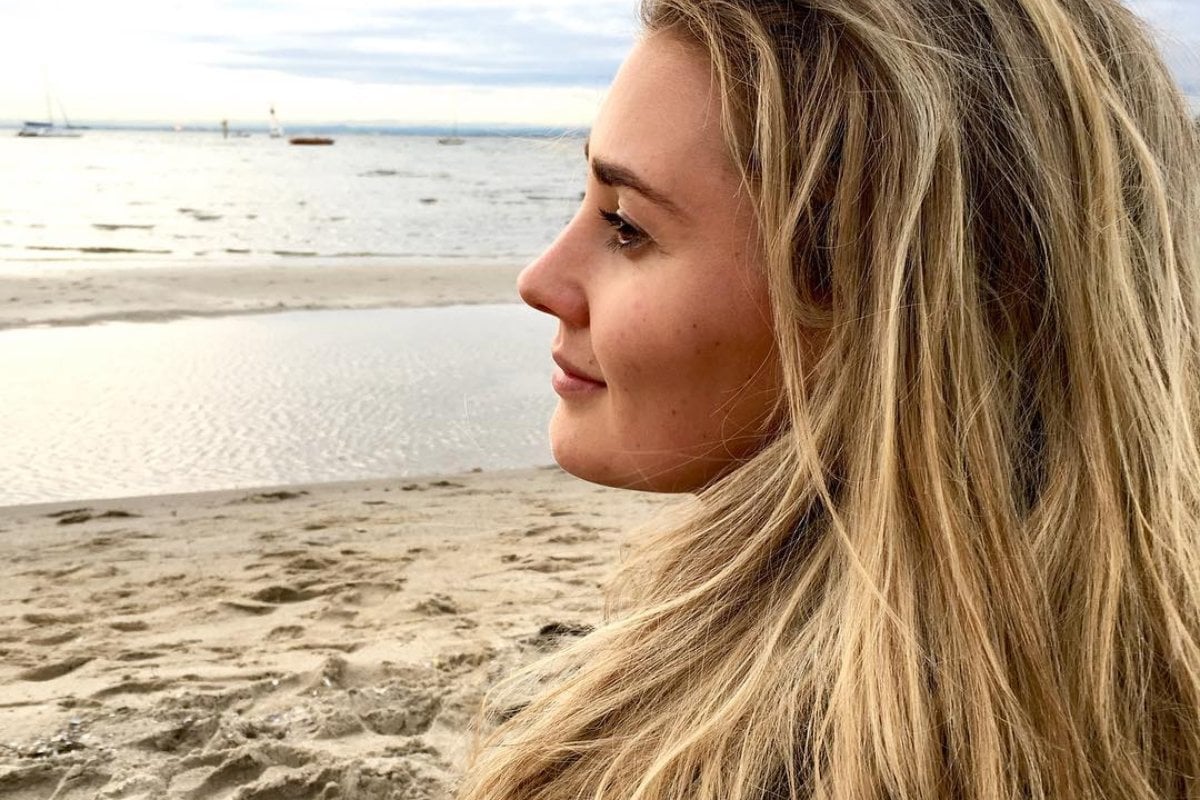
Content warning: This story includes descriptions of disordered eating that may be distressing to some readers.
Close your eyes for a moment and picture someone suffering, in the grips of an eating disorder.
Imagine them struggling to eat a full meal, being tormented by obsessive thoughts surrounding weight and calories, and pushing their fragile body past its limits.
Now take a second to reflect on the image that popped into your head during that description.
It’s likely that the image you conjured was that of a visibly emaciated, young woman. And that’s perfectly natural considering it’s the prevailing archetype we’ve seen depicted on screen and in media for decades.
But, it’s not an accurate one.
In fact, it serves as an example of how less than six per cent of eating disorder sufferers appear. And it’s a big part of why, for almost 10 years, I didn’t see myself as one of them.
Watch: How to be a woman in 2023. Post continues after video.
In my early twenties, I was doing the usual post-uni thing. I was working multiple jobs, trying to build a career, and burning the candle at both ends, foolishly certain, like many of us are at that age, that I was invincible.

